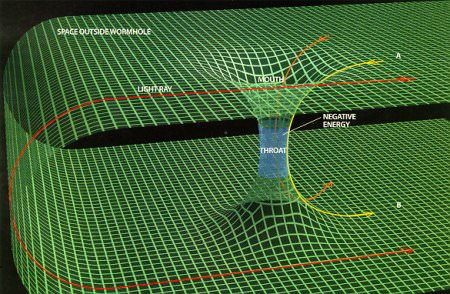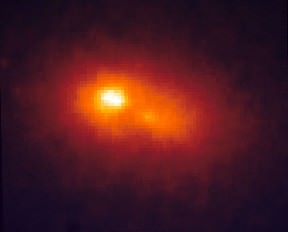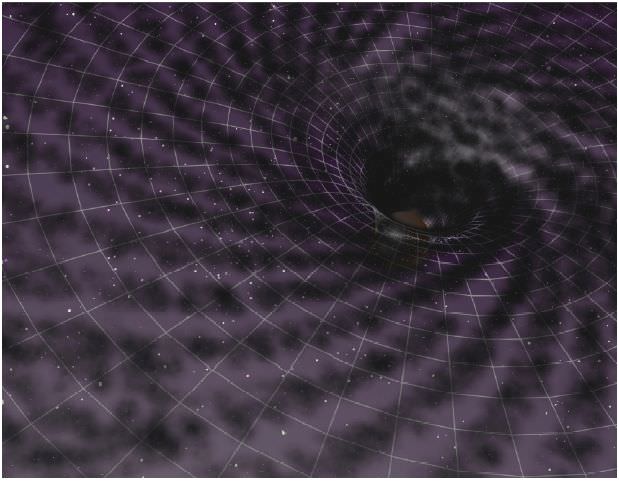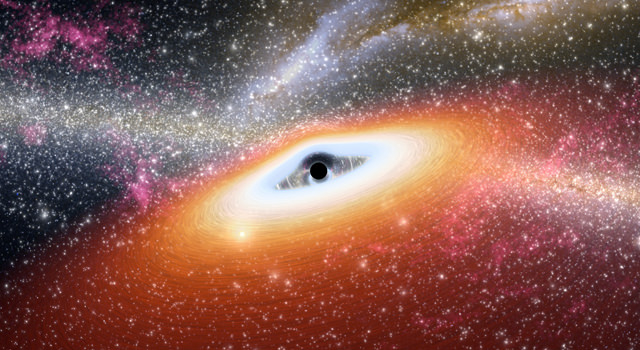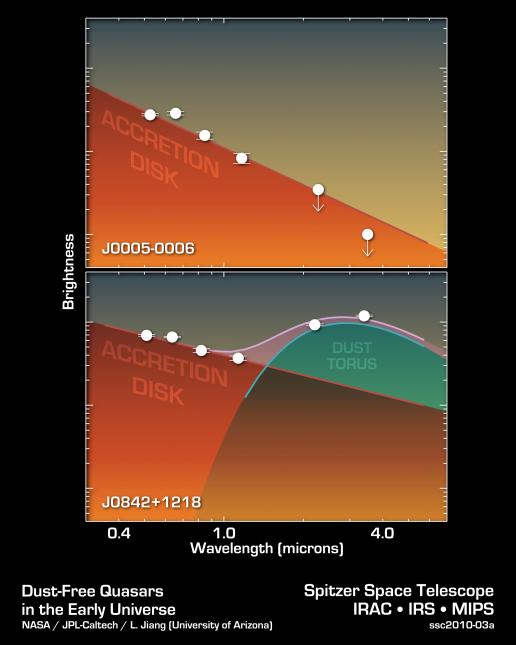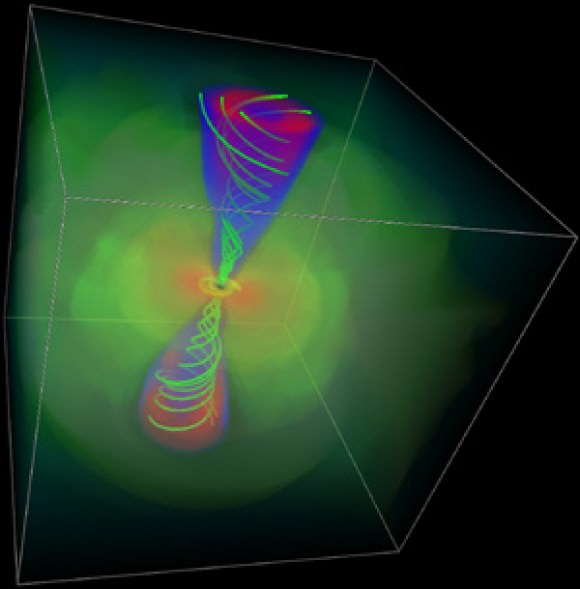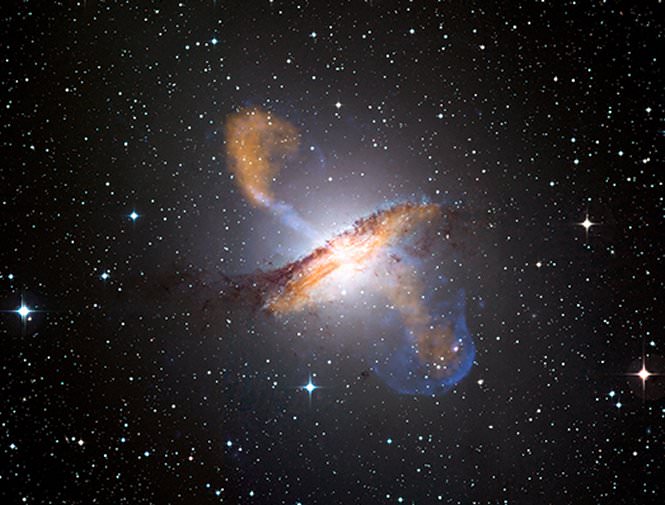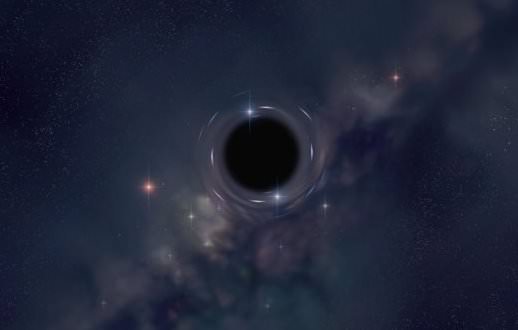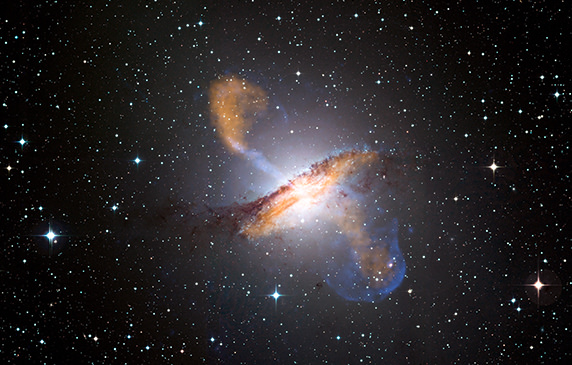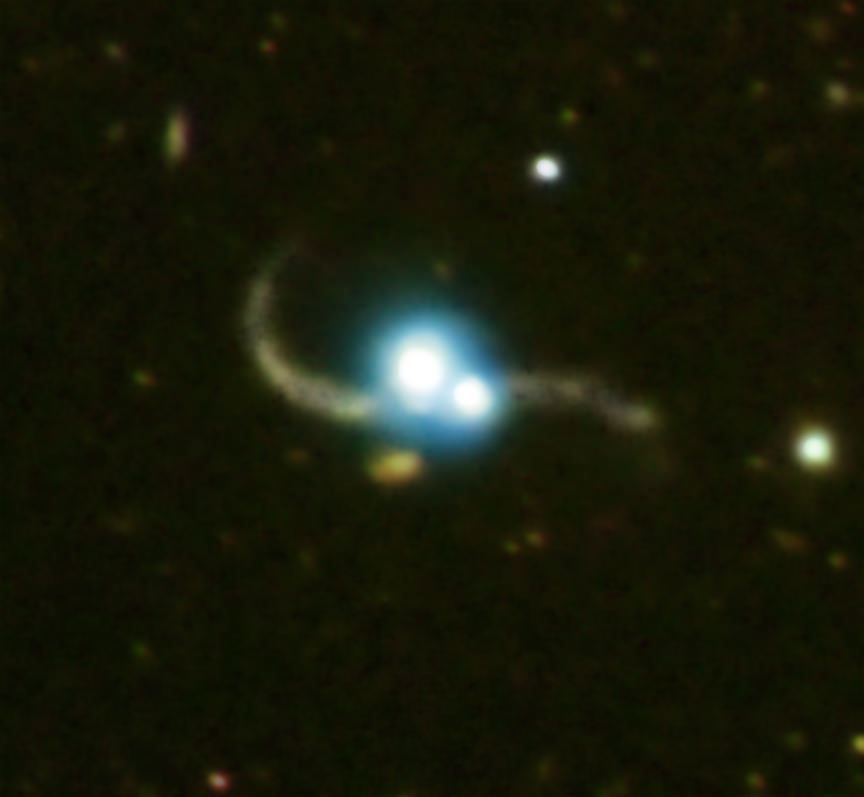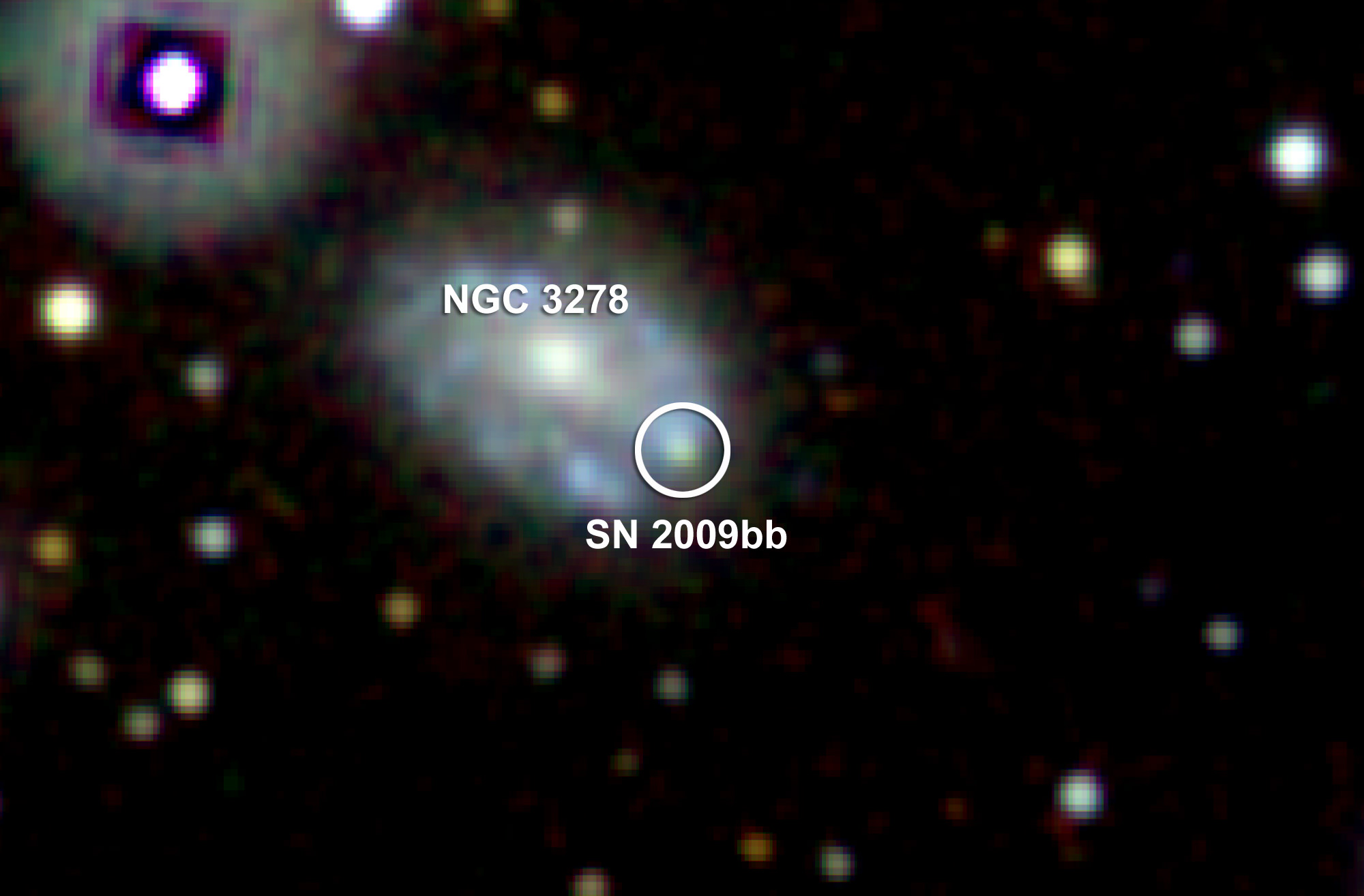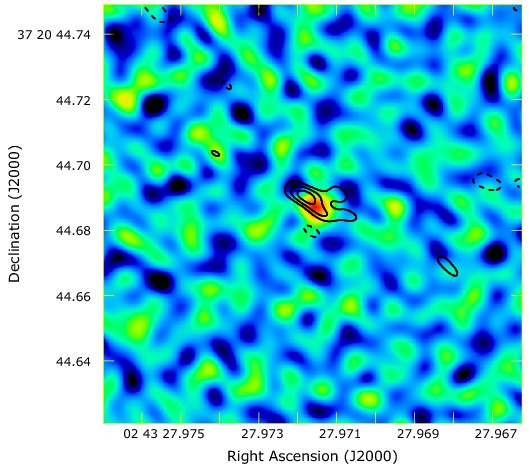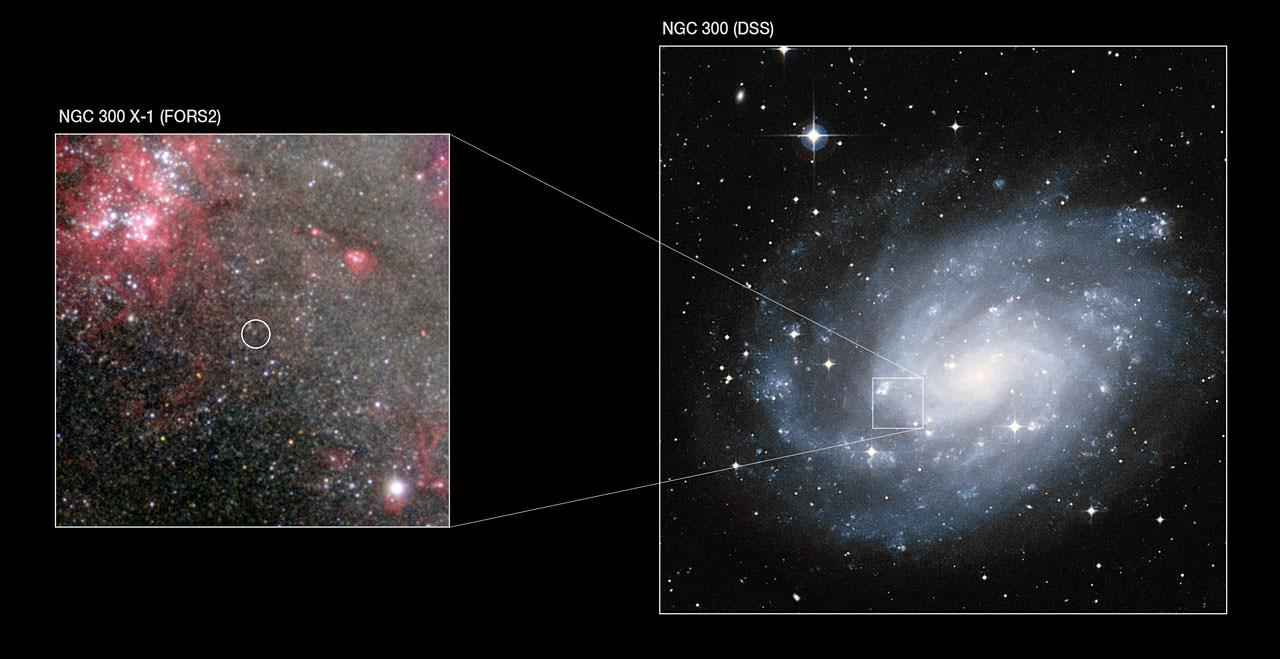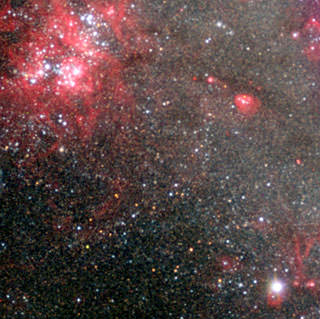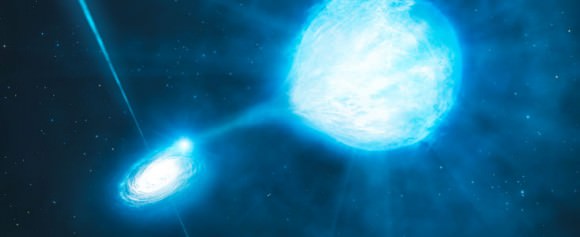[/caption]
A wormhole is a hypothetical “tunnel” connecting two different points in spacetime, and in theory, at each end of the wormhole there could be two universes. Theoretical physicist Nikodem Poplawski from Indiana University has taken things a step further by proposing that perhaps our universe could be located within the interior of a wormhole which itself is part of a black hole that lies within a much larger universe.
Whoa. I may have just lost my bearings.
As crazy as the concept of wormholes sounds, it does offer solutions to the equations of Einstein’s general theory of relativity. In fact, wormholes – also called an Einstein-Rosen Bridge — offer such a great solution that some theorists think that real wormholes may eventually be found or even created, and perhaps they could even be used for high-speed travel between two areas in space, or maybe even time travel.
However, a known property of wormholes is that they are highly unstable and would probably collapse instantly if even the tiniest amount of matter, such as a single photon, tried to travel though them.
But would it work – and could matter exist — if we were inside a wormhole inside a black hole inside another universe? Poplawski thinks so. He takes advantage of the Euclidean-based coordinate system called isotropic coordinates to describe the gravitational field of a black hole and to model the radial geodesic motion of a massive particle into a black hole.
“This condition would be satisfied if our universe were the interior of a black hole existing in a bigger universe,” Poplawski said. “Because Einstein’s general theory of relativity does not choose a time orientation, if a black hole can form from the gravitational collapse of matter through an event horizon in the future then the reverse process is also possible. Such a process would describe an exploding white hole: matter emerging from an event horizon in the past, like the expanding universe.”
So, a white hole would be connected to a black hole a wormhole, and is hypothetically the time reversal of a black hole. (Oh my, I’m now dizzy…)
Poplawski’s paper suggests that all astrophysical black holes, not just Schwarzschild and Einstein-Rosen black holes, may have Einstein-Rosen bridges, each with a new universe inside that formed simultaneously with the black hole.
“From that it follows that our universe could have itself formed from inside a black hole existing inside another universe,” he said.

By continuing to study the gravitational collapse of a sphere of dust in isotropic coordinates, and by applying the current research to other types of black holes, views where the universe is born from the interior of an Einstein-Rosen black hole could avoid problems seen by scientists with the Big Bang theory and the black hole information loss problem which claims all information about matter is lost as it goes over the event horizon (in turn defying the laws of quantum physics).
Poplawski theorizes that this model in isotropic coordinates of the universe as a black hole could explain the origin of cosmic inflation.
Could this be tested? Well, there is the issue that to see if an object could travel through a wormhole, the observer would have to be inside the wormhole as well, since the interior cannot be observed unless an observer enters or resides within.
A possible solution is that exotic matter wouldn’t collapse the wormhole, so we’d have to create – and be made of – exotic matter to keep the it open. But perhaps, as Poplawski proposes, if the wormhole is inside a black hole inside another universe it would work.
Anyone ready to give it a try?
“Radial motion into an Einstein-Rosen bridge,” Physics Letters B, by Nikodem J. Poplawski. (Volume 687, Issues 2-3, 12 April 2010, Pages 110-113.
Sources: Indiana University
, Internet Encyclopedia of Science

